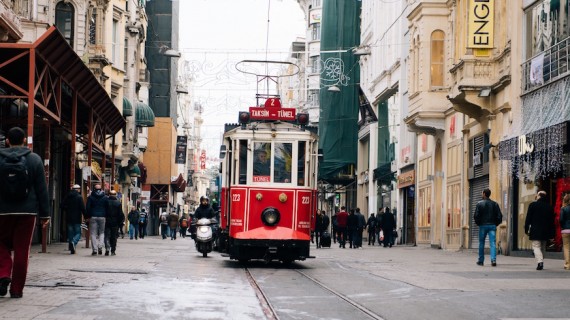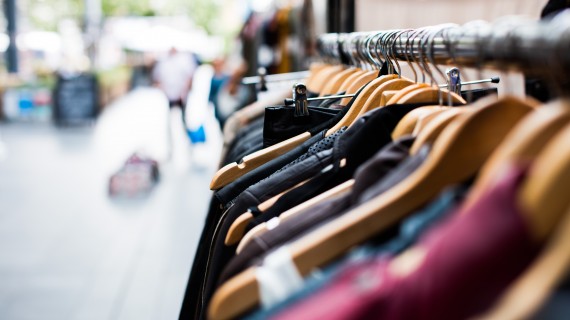Sustainable living is a lifestyle that aims at conserving the natural resources available. Sometimes this could mean avoiding the consumption of products that are not produced sustainably or changing one’s way of life so that one is more active in the conservation cycle. There are a number of ways to adapt to achieve a more sustainable lifestyle. The top ten include:
Reduce household energy use
There’s a lot of energy wasted in homes and changing how you consume energy in your household can in a way improve your carbon footprint. Consider using wild renewable energy such as solar or wind instead of hydro-generated electricity. Among sustainability examples in energy conservation are:
- Turning off appliances when not in use
- Hanging clothes to dry instead of using a drier
- Use warm clothes in the winter and open windows in summer instead of overreliance on the thermostat
- Use energy conserving bulbs and LED lights.

Purchase products that have environmental benefits
Be mindful of what you purchase that it does not go out of its way to harm the environment. For example, buy electric car models to avoid fuel consumptions. You could also choose to invest in a bicycle to cut down on carbon emissions. Driving green has become one of the largest ways that the carbon footprint is being reduced. More and more people are choosing to park their cars and walking short distances or pooling for more sustainable use of eco-friendly means.
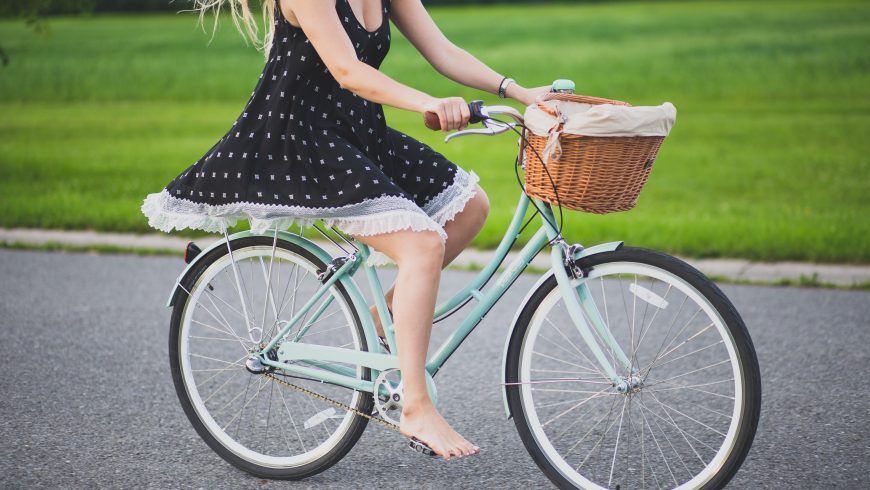
Eat locally and seasonally
Buying your groceries locally tremendously cuts on transport, pollution, and congestion. It also helps support small and sustainable farming while ensuring that you get fresh produce when you buy what is in the season that energy has not been used to preserve. This is overall a more sustainable lifestyle because every essential thing is available to everyone at affordable prices fostering health and contentment of what is available without seeking excess to store.
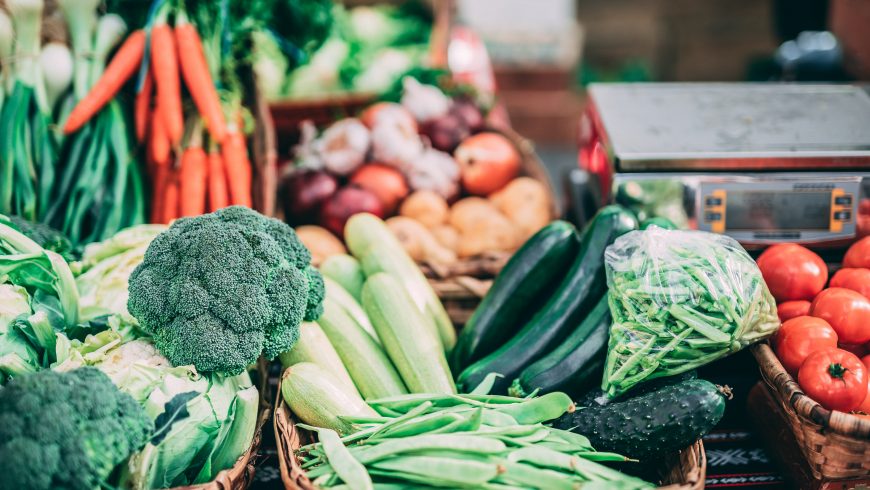
Avoid single-use plastic
There is a lot of plastic waste because of the massive production of single-use plastic items such as disposable water bottles. Wrapping paper and Styrofoam. Plastic takes between 15 to 1000 years to decompose and hampers sustainable environmental conservation by choking the flora and fauna. It is best to avoid the use of plastic altogether but if you have to use it, ensure that it is reusable such as refillable water bottles or refillable soap and lotion bottles.
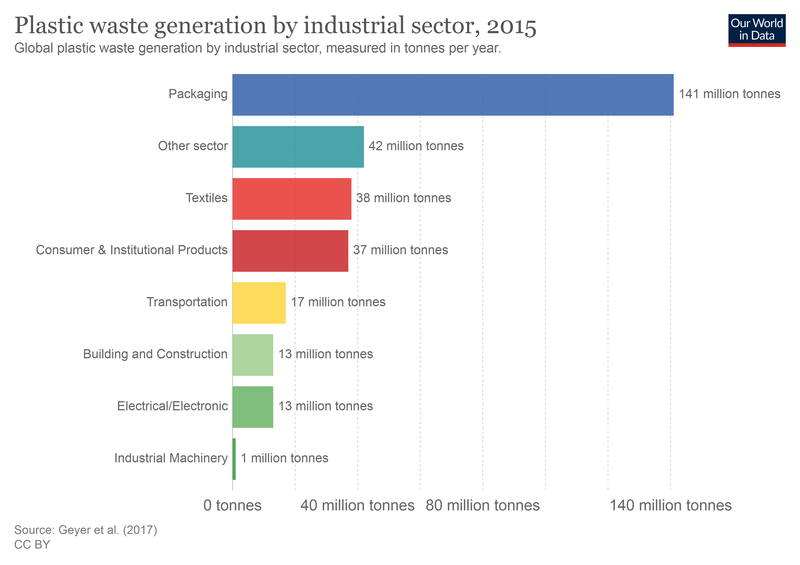
Conserve wildlife
Wildlife is an essential part of the ecosystem. Avoid consuming a product that endangers their lives. Do not purchase fur clothing, ivory made jewelry or pearls from endangered oyster species. Above this, raise awareness for more people to boycott these products. More animals and fish species are going extinct and without these animals, we do not have a sustainable environment for they all play a part in it.
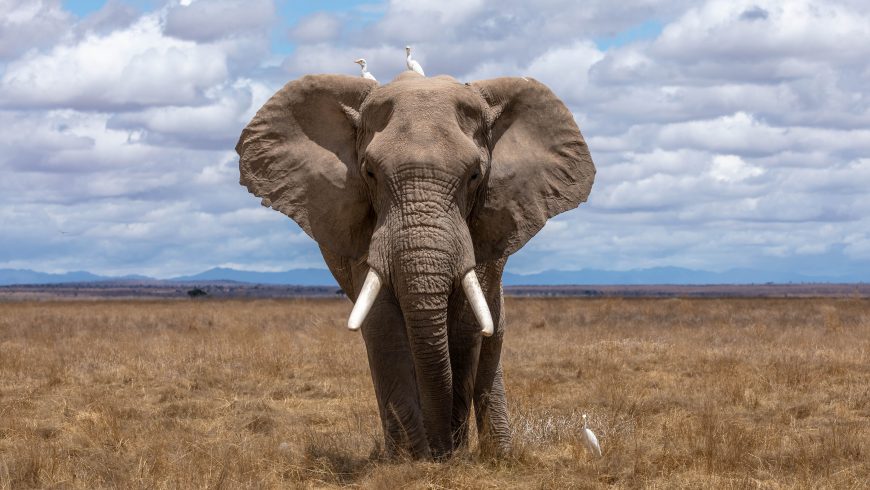
Pay attention to labels
A general buyer-beware attitude is important as you scout for companies that promote sustainable living. Look for brands that are Fair Trade certified and ensure that your food is organic to be rid of the excessive harmful pesticides that are not only harming the ecosystem, but are harmful to your health too.
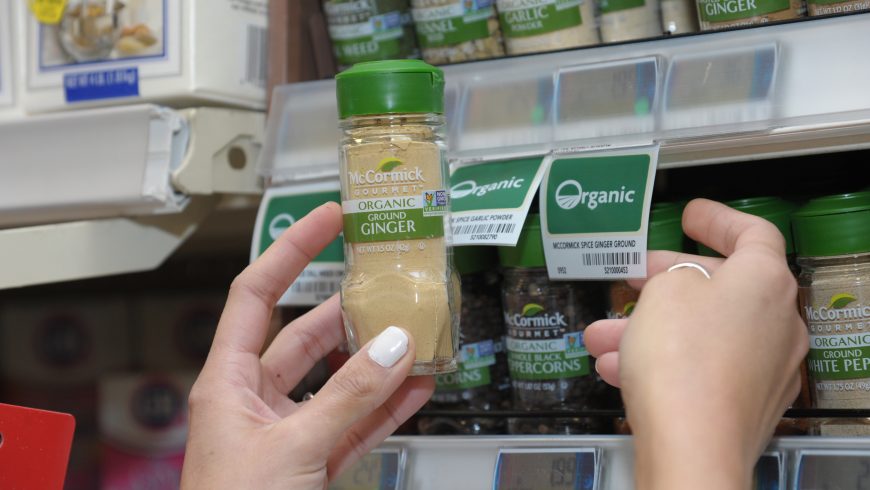
Save water
Ensure that water faucets are not leaky to reduce water wastage. Install water-saving toilets and shower for less time as part of your strategy for sustainable use of water resources. Where possible reuse dishwater to water plants or invest in a water filtration plant for safe reusable water. Have plants that are drought-resistant and require less watering to reduce your water consumption.

Resell and donate items
When you have no use for an item, extend its life by donating or reselling. This basically reduces the dependency on disposable or cheaply manufactured single-use products. This is a much better sustainable use of the items as opposed to piling or burning them. Consider selling children items on second hand or donating to goodwill organizations that ensure that these items are well distributed to the needy.
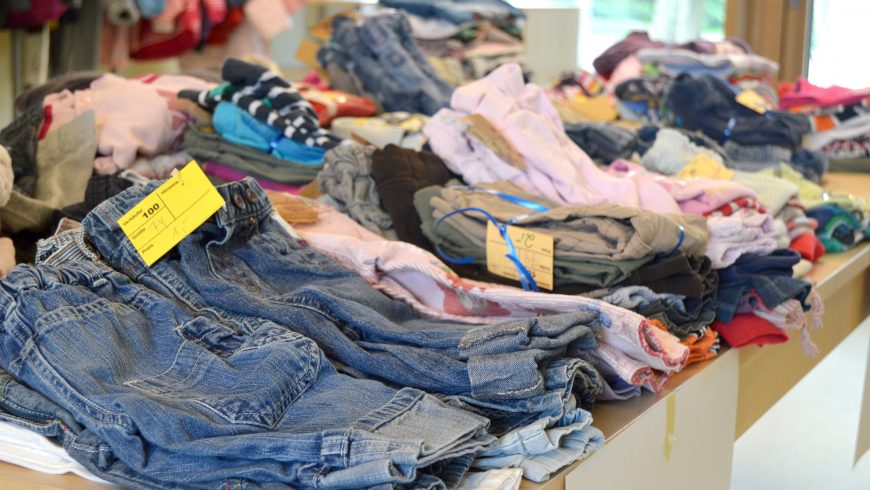
Use a woven eco-friendly bag when you shop
This not only reduces the use of single-use plastics but also ensures the sustainability of the environment in the long run. There is less purchase of these bags because they are reusable thus reducing the carbon footprint. In the event that they are disposed of, they are biodegradable and soon assimilate into the ecosystem.
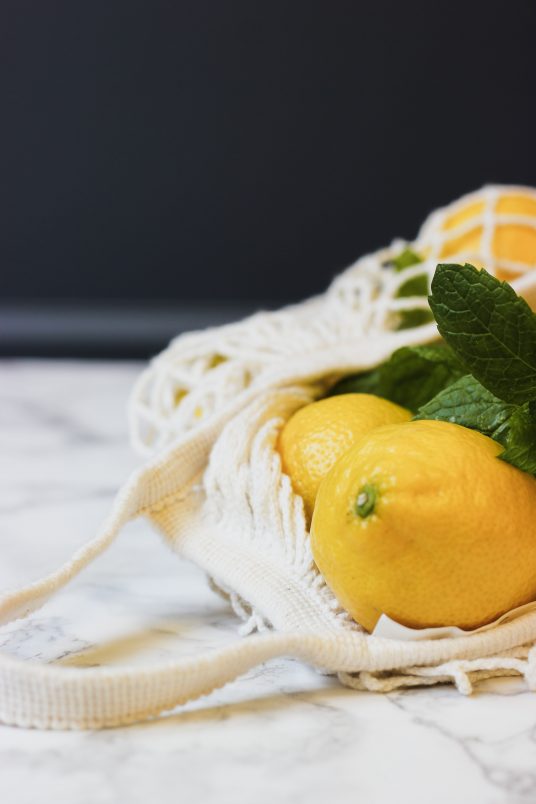
Plant Trees
Tree planting is a big part of a sustainable lifestyle as it seeks to reduce carbon dioxide emissions, which cause climate change. If you do not have a space that can comfortably hold a tree, volunteer in the numerous tree planting movements locally. Another small-scale way you can participate in this cause would plant your own herbs in pots. This will also ensure that you eat organically and locally.
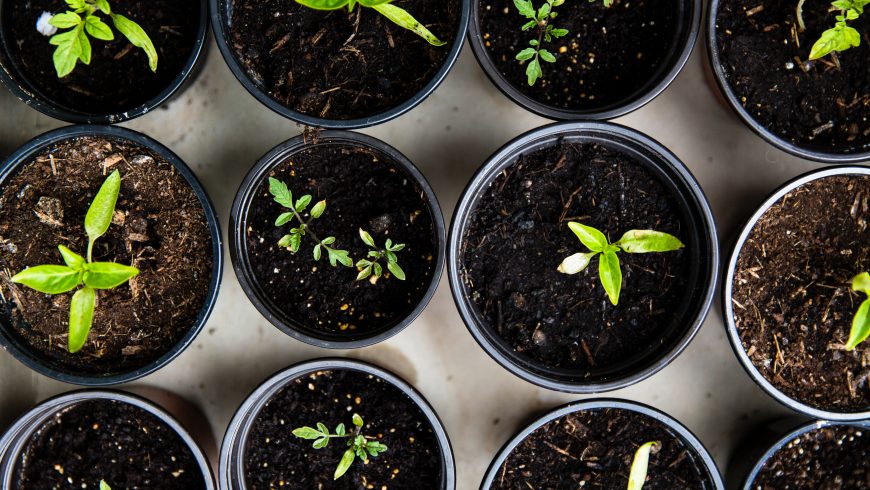
The less waste of natural resources you have, the more sustainably you are living. The consciousness that these resources are limited and are rapidly running out is essential. Creating awareness of the cause is paramount so that more people can participate in the bid to have a sustainable environment that can comfortably take care of us.



